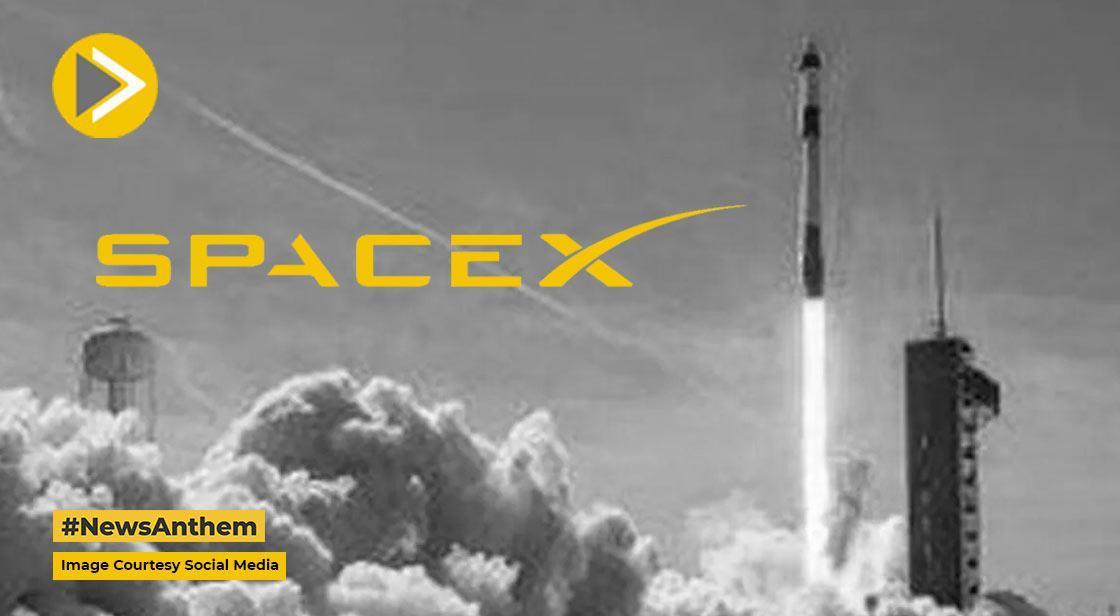SpaceX Set to Launch CRS-32 Resupply Mission to the ISS on April 21: What to Know

News Synopsis
In a continued partnership between NASA and SpaceX, the next commercial resupply mission to the International Space Station (ISS) has been officially scheduled. The mission, designated CRS-32, is expected to lift off at 4:15 a.m. EDT (1:45 p.m. IST) on April 21, 2025, from Launch Complex 39A at NASA’s Kennedy Space Center in Florida.
The launch will use a Falcon 9 rocket, with SpaceX’s Dragon spacecraft set to carry critical cargo for astronauts stationed on the ISS. This mission will transport over 6,400 pounds (2,902 kilograms) of equipment, including essential science tools, hardware, and crew supplies.
What’s on Board? A Look at CRS-32’s Scientific Payload
Key Scientific Experiments Onboard
The CRS-32 mission is not just about resupplying astronauts with daily needs—it also carries cutting-edge scientific equipment to further space research.
-
"One of the main experiments is a robotic manoeuvring demonstration," designed to test enhanced movements for free-floating robotic systems in microgravity. These innovations could eventually lead to more efficient autonomous spacecraft operations.
-
An air quality monitoring system is also being sent, aimed at evaluating environmental conditions within the space station. This technology will play a vital role in protecting astronaut health during long-duration missions to the Moon and Mars.
-
The Dragon capsule will also transport two atomic clocks, which are part of an experiment to "verify Einstein's ideas of relativity and research sophisticated timekeeping techniques." These findings could redefine precision timing and communication for future deep-space missions.
Launch and Docking Timeline for CRS-32
Countdown to Launch
NASA has confirmed the launch window for CRS-32 is set at 4:15 a.m. EDT on April 21, 2025. Live coverage will begin 20 minutes earlier at 3:55 a.m. EDT on the NASA+ streaming platform.
Docking Details
The Dragon spacecraft is expected to dock with the ISS at approximately 6:45 a.m. EDT on April 22, less than 30 hours after liftoff. Docking will occur at the zenith port of the Harmony module, using fully automated systems. NASA mission teams will monitor the entire process from Earth, ensuring seamless execution.
Why CRS-32 Matters: Scientific and Technological Impact
Supporting Future Exploration
CRS-32 is more than just another cargo mission. The experiments on board aim to push the boundaries of what’s possible in space.
-
Free-floating robotic systems could lead to more autonomous space station operations, reducing astronaut workload.
-
Air quality systems will provide critical health data as space agencies gear up for deep-space missions.
-
Atomic clock experiments could drastically improve space navigation, timing synchronization, and help validate fundamental physics.
Each of these payloads contributes to broader goals like supporting Artemis Moon missions and the future Mars exploration roadmap.
How to Watch the Launch Live
Don’t Miss the CRS-32 Broadcast
NASA fans and space enthusiasts around the globe can tune in to watch the launch live on NASA+. Coverage starts at 3:55 a.m. EDT on April 21, and will continue through the docking phase the next day. The stream will provide in-depth commentary, real-time visuals, and expert insights into the mission.
Conclusion
The CRS-32 mission, jointly carried out by NASA and SpaceX, marks another milestone in international space collaboration and technological advancement. As the Falcon 9 rocket prepares to launch from Kennedy Space Center on April 21, 2025, it carries more than just supplies—it brings the promise of future-ready innovations.
From robotic maneuvering demonstrations to precision atomic clocks and air quality monitors, the cargo is vital for advancing deep-space exploration efforts, including Moon and Mars missions.
The mission also emphasizes the importance of autonomous systems and real-time environmental monitoring in sustaining long-duration space travel. With live coverage available through NASA+, the public can witness this extraordinary event unfold in real time.
As humanity looks beyond Earth, CRS-32 symbolizes how current technologies are paving the way for bolder journeys into the cosmos. It’s not just a resupply—it’s a launch into the future of space science.
You May Like









